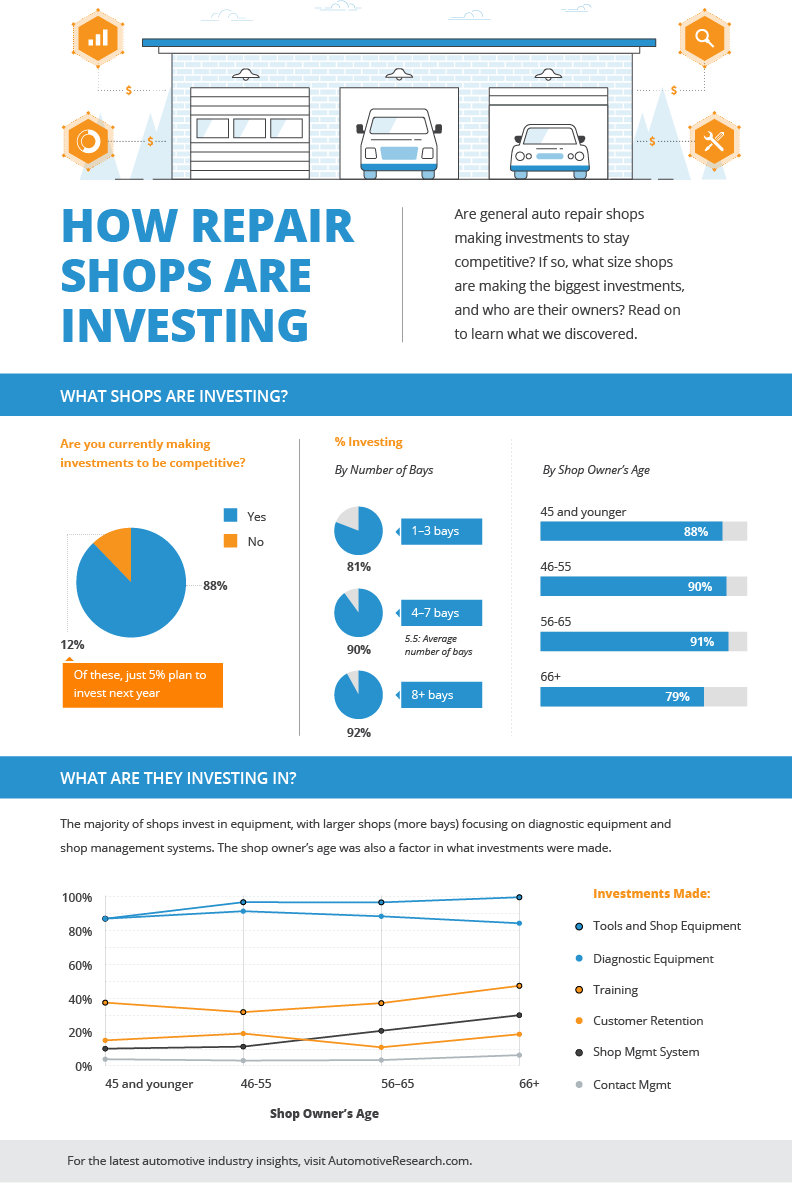Comprehending Your Cars And Truck'S Caution Lighting: What Do They Really Mean?
Comprehending Your Cars And Truck'S Caution Lighting: What Do They Really Mean?
Blog Article
Material Writer-Faulkner Stark
When you lag the wheel, those glowing warning lights on your dashboard can be a bit complicated. Do you recognize what they're attempting to tell you concerning your cars and truck's health and wellness? Recognizing the importance of these lights is vital for your safety and security and the durability of your car. So, the next time one of those lights turns up, would not you wish to analyze its message precisely and take the necessary actions to address it?
Common Warning Lights and Interpretations
Determine usual warning lights in your auto and recognize their definitions to make certain safe driving.
The most typical caution lights include the check engine light, which signifies problems with the engine or exhausts system. If this light comes on, it's vital to have your car checked promptly.
The oil pressure cautioning light suggests reduced oil pressure, requiring immediate attention to stop engine damage.
http://www.bristolpress.com/BP-Bristol+News/406954/bristol-police-partnering-with-auto-repair-shop-to-deter-thefts-by-etching-vins-into-catalytic-converters blinking battery light might suggest a damaged charging system, potentially leaving you stranded if not dealt with.
mobile car grooming near me tracking system (TPMS) light alerts you to low tire stress, influencing lorry stability and gas performance. Overlooking this could bring about dangerous driving conditions.
The abdominal muscle light shows a problem with the anti-lock braking system, jeopardizing your ability to stop quickly in emergency situations.
Last but not least, the coolant temperature level warning light warns of engine getting too hot, which can result in serious damages otherwise settled promptly.
Recognizing these typical warning lights will aid you attend to problems promptly and preserve secure driving conditions.
Relevance of Prompt Focus
Comprehending the typical caution lights in your car is just the primary step; the importance of promptly dealing with these cautions can not be highlighted sufficient to guarantee your safety and security when driving.
When a caution light brightens on your control panel, it's your vehicle's way of communicating a potential problem that requires interest. Ignoring these warnings can cause a lot more extreme problems in the future, compromising your security and potentially costing you more in repairs.
Trigger interest to cautioning lights can stop breakdowns and crashes. For instance, a flashing check engine light can suggest a misfire that, if left ignored, can cause damage to the catalytic converter. Addressing this quickly can save you from a pricey repair work.
In a similar way, a brake system warning light could signal reduced brake fluid or worn brake pads, critical components for your safety when driving.
Do It Yourself Troubleshooting Tips
If you discover a caution light on your dashboard, there are a couple of DIY troubleshooting suggestions you can try prior to seeking specialist aid.
The primary step is to consult your auto's manual to recognize what the specific warning light shows. In some cases the issue can be as straightforward as a loosened gas cap activating the check engine light. Tightening up the gas cap might deal with the trouble.
An additional common concern is a reduced battery, which can activate various advising lights. Checking the battery links for deterioration and guaranteeing they're safe could fix the problem.
If a warning light continues, you can attempt resetting it by separating the automobile's battery for a couple of minutes and then reconnecting it. In addition, checking your vehicle's fluid degrees, such as oil, coolant, and brake liquid, can assist fix alerting lights related to these systems.
Conclusion
To conclude, understanding your auto's warning lights is essential for keeping your car running smoothly and securely. By promptly resolving these alerts and understanding what they imply, you can stay clear of expensive repairs and prospective failures.
Bear in mind to consult your automobile's handbook for specific details on each warning light and take action appropriately to guarantee a trouble-free driving experience.
Remain notified, stay risk-free on the road!
